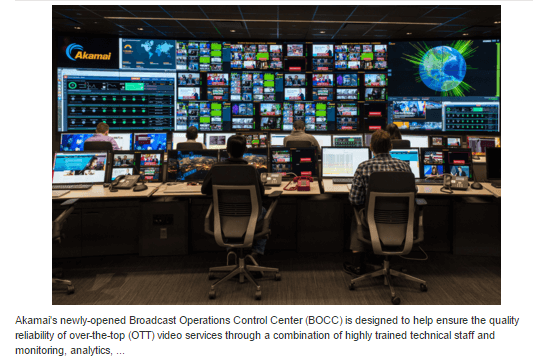LESSENGERS introduced its new 800G transceiver product (800G OSFP SR8) featuring “direct optical wiring” (DOW) technology, which is a polymer-based air-cladded waveguide technology that is particularly useful for optical interconnects in the data center and high-performance computing environments.
The new new 800G OSFP SR8 transceiver will begin volume production in the Q4 2023.
DOW connects the active photonic devices such as laser diodes or photodiodes directly to the optical fiber, providing high-density and high-speed optical signal connectivity between switches, servers, and other devices within the data center or HPC clusters. LESSENGERS cites the following benefits:
- No active alignment – cost-competitive optical coupling
- No use of multi-channel lens assembly – near-zero optical crosstalk
- No air gap – dramatically lower reflection noise
- High degree of freedom in heat sink design – much lower junction temperature
“We are proud to announce the volume production of DOW-based 800G AOCs and transceivers,” said Chongcook Kim, CEO at LESSENGERS. “The use of DOW technology enables us to achieve high-performance and low-noise optics by its nature allowing us to streamline the production process flow with complete automation.”

















